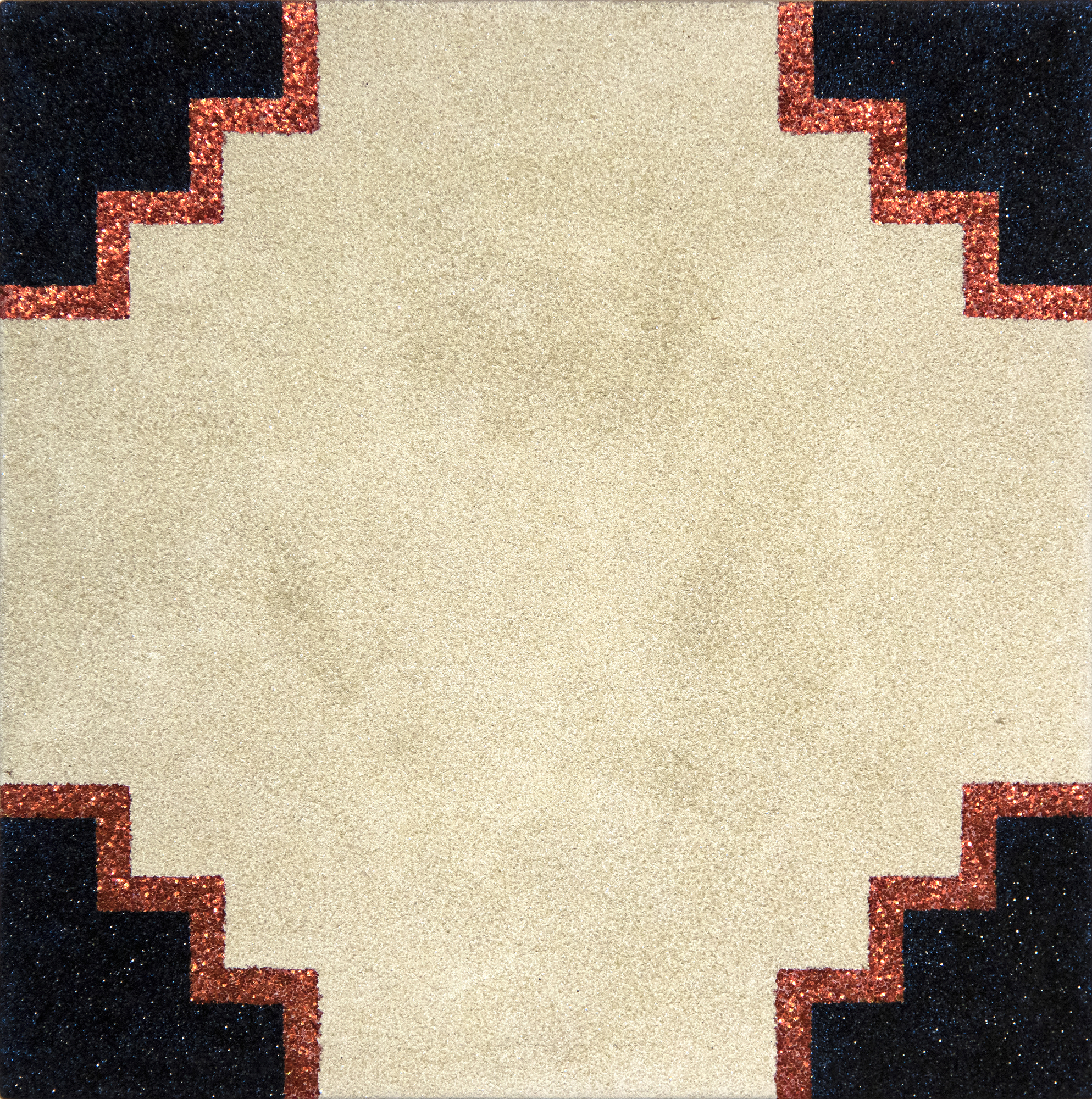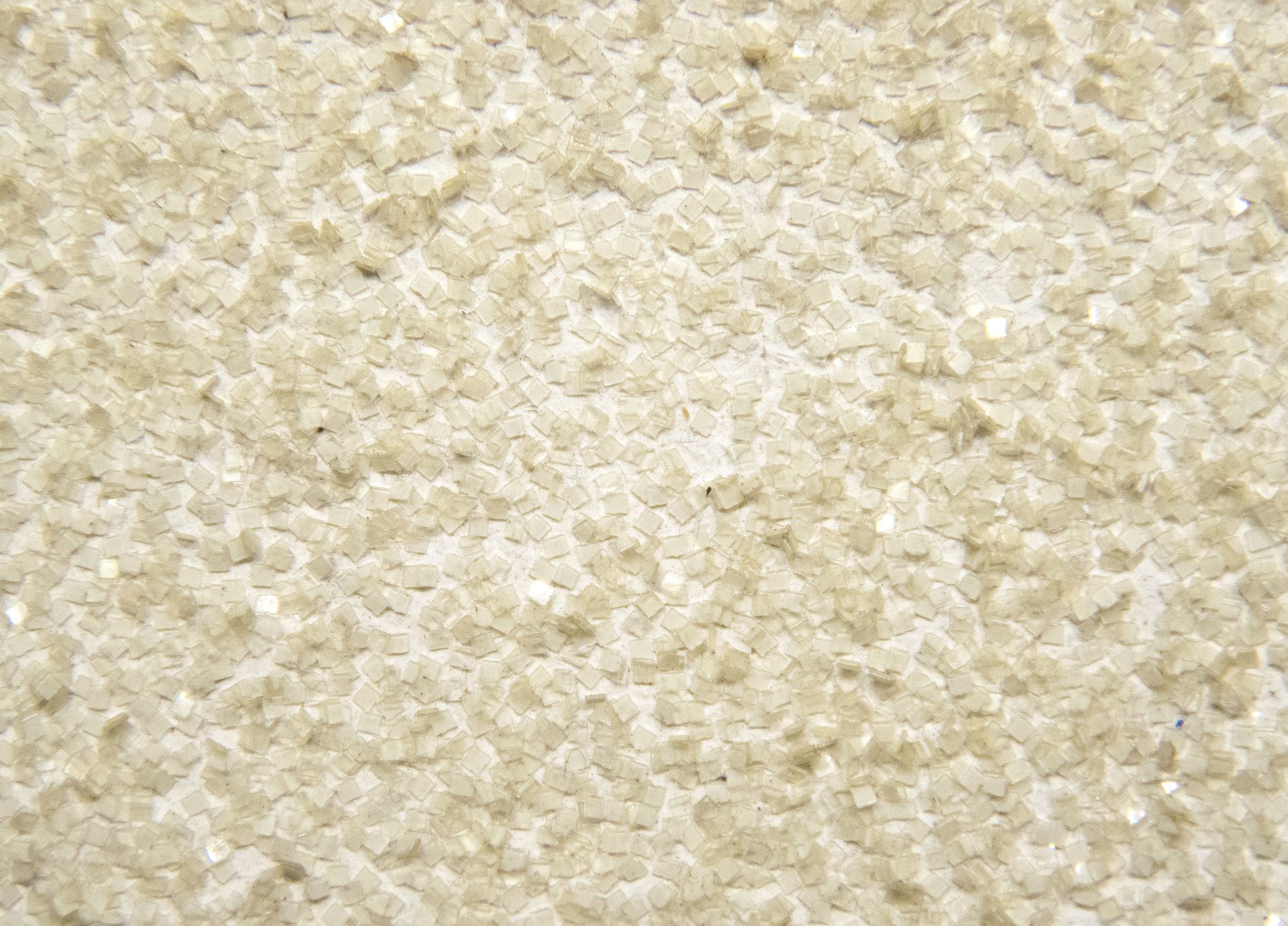MARY CORSE (1945年生まれ)









出所
個人蔵、作家からの寄贈、1975年クリスティーズ ニューヨーク2019年9月27日(金)、ロット00104
プライベートコレクション
95,000
メアリー・コルセのマイクロスフィア・ペインティングの写真画像は、つまらない表現であるだけでなく、ポイントを逃しています。それは、「存在する」ために参加を必要とする、経験に依存したアートです。 もちろん、「Untitled」(1975年)は、そのような一点集中の静的な視点に反して、リアルタイムでインタラクティブなアート体験に依存しており、鑑賞者は網膜の刺激や感覚、感情の変化を体験することで、空間の中の身体への意識を高めます。この作品は珍しい鳥です。 2フィート四方という非常に小さなサイズですが、そのデザイン、幾何学的形状、色は、いつもの還元的なパレットに傾倒していた以前の彼女の発見を裏切っています。それどころか、スパンコールを使って大胆に表現されています。中央のフィールドは、きらめく赤のステップモチーフでコーナーが区切られており、星空のようなコーナーのスパンドレルとは区別されています。星のモチーフは含まれていませんが、ハリウッドのウォーク・オブ・フェームにふさわしい魅力と存在感があります。


